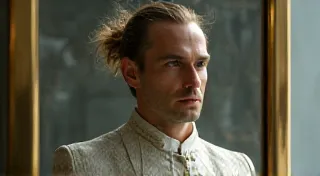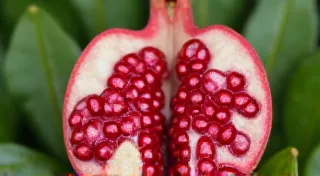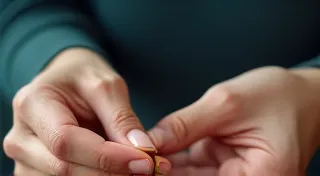A Tapestry of Absence: The Narrative Power of Selective Color
The Victorian era, a time of burgeoning industry and profound societal change, also gifted the world a uniquely beautiful and emotive art form: hand-tinted photography. While we often associate this period with stark black and white imagery, the reality was far richer, layered with delicate hues applied by painstaking hand. But it wasn't simply about adding color; it was about wielding color – a subtle, deliberate act of storytelling. It’s an art form, much like the meticulous crafting of an antique accordion, demanding patience, precision, and a deep understanding of the medium’s expressive potential. I remember finding my grandfather’s accordion tucked away in the attic, its bellows cracked but the ivory keys still gleaming faintly. It was a physical manifestation of a past he rarely spoke of, a quiet elegance echoing a time before the relentless pace of modern life. Similarly, these hand-tinted photographs offer glimpses into a world, not entirely captured by monochrome, but elevated by the selective application of color.
Today, we readily have digital tools to colorize old photos with remarkable ease, often striving for a hyper-realistic replication of what *might* have been. But the Victorian colorist’s work was different – an act of interpretation, an artistic intervention rather than a photographic record. They weren’t attempting to reproduce color in its full vibrancy; they were employing a carefully limited palette to draw the viewer’s eye, to evoke a mood, to imbue the image with an unspoken narrative. It’s a profound difference, akin to the difference between a mass-produced digital print and a meticulously hand-painted miniature.
The Historical Context: A World of Subtle Hues
The advent of photography in the 19th century was revolutionary, but the early processes, like the collodion process, were inherently black and white. Color photography was still decades away. Yet, there was a desire – a yearning – to capture something more than just tonal information. Enter the hand-tinting process, often referred to as “retouching” or “aniline dyeing.” The most commonly used method involved applying transparent aniline dyes, often diluted with alcohol, to the surface of the print using fine brushes, cotton swabs, or even sponges. These dyes were derived from coal tar, offering a range of hues previously unavailable to artists.
Initially, the tinting was quite crude – broad strokes of color used to represent clothing or hair. However, as the process evolved, colorists became increasingly sophisticated, employing layering techniques and glazing to create depth and luminosity. They were often skilled artists in their own right, hired by photographic studios to add this final, crucial touch. Their skill wasn’t merely technical; it was aesthetic, intuitive, and deeply connected to the prevailing artistic sensibilities of the time.

The Art of Selective Color: Directing the Viewer’s Eye
The brilliance of Victorian photography tinting lies in the *selective* nature of the color application. It wasn’t about bathing the entire image in color; it was about using color strategically to highlight specific details and draw the viewer's attention. Consider the common practice of tinting only the lips and cheeks of portrait subjects. This wasn’t necessarily an attempt to represent reality accurately; it was a convention, a subtle signifier of vitality and good health. It injected a sense of life into what might otherwise be a stiff or formal portrait.
Colorists understood that the absence of color – the grayscale – held as much power as the presence of it. A child’s toy, rendered in vibrant red against a muted backdrop, instantly becomes a focal point, emphasizing innocence and playfulness. A single, brightly colored flower in a field of monochrome conveys a poignant sense of beauty and fragility. These choices weren't accidental; they were deliberate attempts to create a narrative, to guide the viewer’s emotional response.
Furthermore, color was often used to emphasize social status or occupation. A military uniform, meticulously rendered in its regimental colors, served to underscore the subject's position and authority. A farmer’s weathered hands, tinted with a hint of earthy brown, spoke of labor and resilience. These subtle cues, woven into the image, added layers of meaning and complexity.
Beyond Reproduction: An Artistic Intervention
The colorist wasn't simply copying what they saw; they were interpreting it, adding their own artistic vision to the photographic process. They might exaggerate the blush on a woman’s cheeks, subtly alter the color of a man's eyes, or even add details that weren't actually present in the original scene. These were artistic licenses, intended to enhance the image's aesthetic appeal and emotional impact.
Think of the painstaking detail that went into replicating the lace on a dress. The colorist wouldn’t simply paint a flat layer of color; they would use layering and glazing techniques to create a sense of texture and depth, mimicking the intricate pattern of the lace. It was a testament to their skill, their patience, and their artistic commitment.
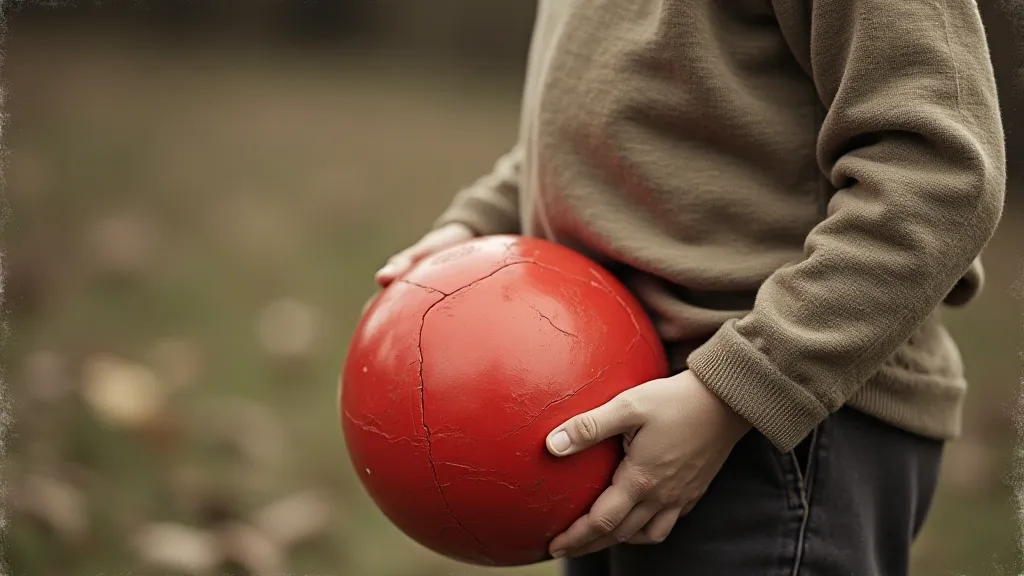
Collecting and Appreciation: A Glimpse into the Past
Today, hand-tinted Victorian photographs are highly sought after by collectors and photography enthusiasts alike. They offer a unique window into the past, not just visually but emotionally. The subtle hues, the careful details, the deliberate artistic choices – all combine to create a powerful and evocative image.
When examining a hand-tinted photograph, it’s important to appreciate not just the aesthetic beauty but also the craftsmanship and the artistic intention behind it. Look for the subtle variations in color, the delicate layering techniques, the deliberate choices that contribute to the overall narrative. It's akin to examining the intricate workings of that antique accordion, noticing the precision of the construction and appreciating the artistry that went into its creation.
Restoring these photographs is a delicate process. Attempts to completely "correct" the colors or remove the tinting often diminish the photograph's character and historical significance. The goal should be to stabilize the image, repair any damage, and preserve the original coloring as faithfully as possible, acknowledging the artistic intervention of the Victorian colorist.
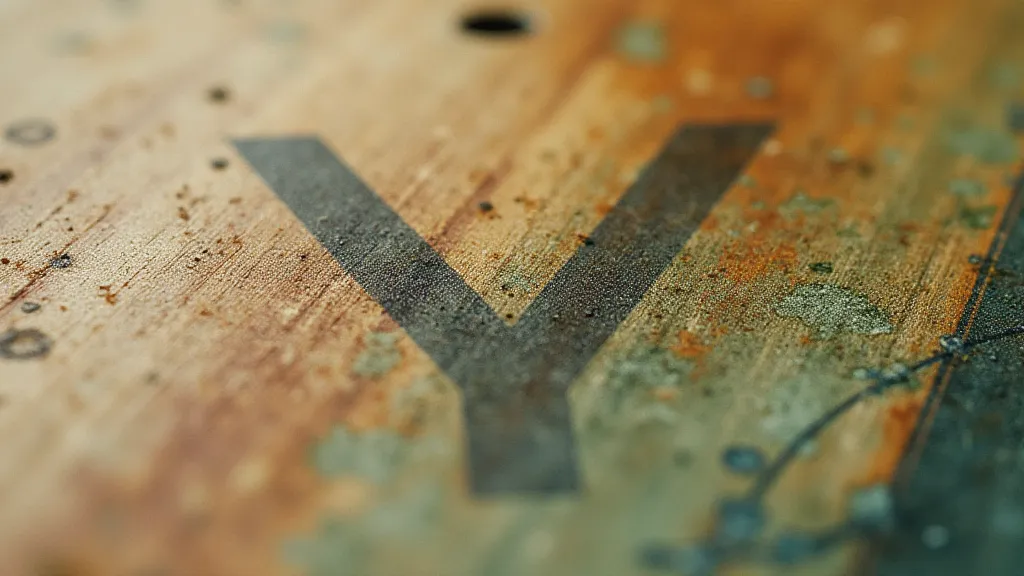
The tapestry of absence, the strategic use of color, the deliberate artistic choices – these are the hallmarks of Victorian photography tinting. It's a testament to the power of human creativity, a reminder that even in a seemingly straightforward medium like photography, there is always room for interpretation, for artistry, and for the enduring power of storytelling.

